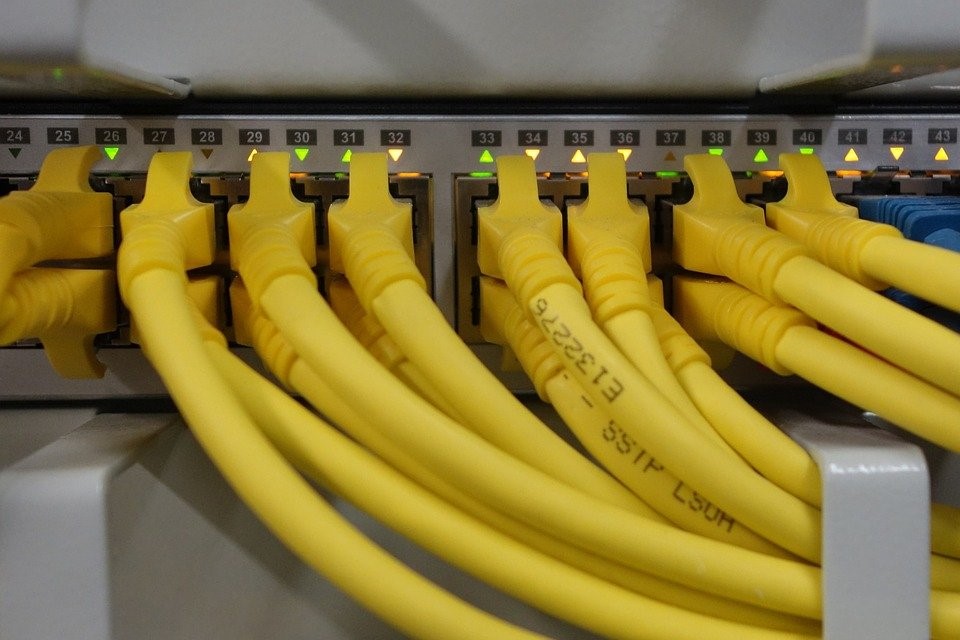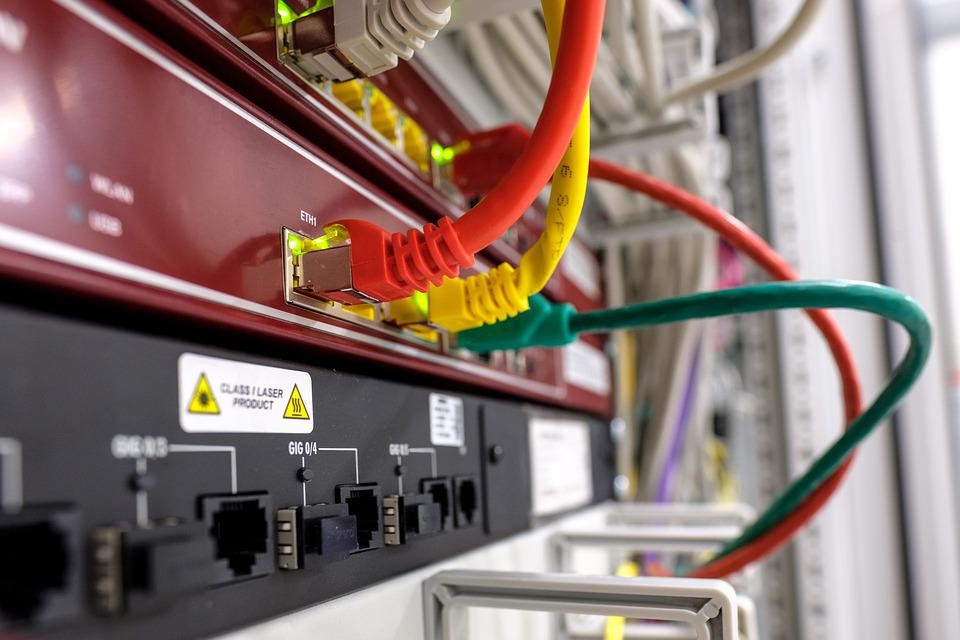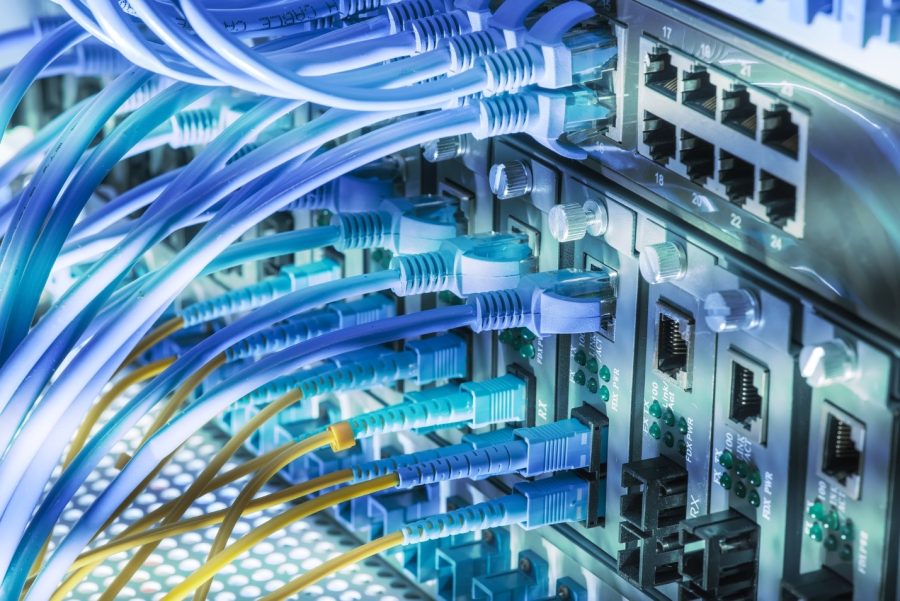Ways to Extend Ethernet Via Coax
Ethernet cables are the backbone of your network. They transport data between devices on your network and are usually plugged into a wall outlet. They come in different lengths, so it’s important to know how to extend your cable if you need more distance between devices. Read more about these cables on this site here.
Some might find it too stressful to set up their ethernet cables in a large home, especially if they have many computers in different places. Homeowners might always use Wi-Fi, but there’s still something about the reliability and stability of wired connections that many people prefer. This leaves you an option where you can extend your ethernet cable when you need it to.
Different Types to Know About
These wires come in a variety of shapes, sizes, and colors. Here are the most common types:
Coaxial cable: This is used to carry higher frequency signals while minimizing losses. It can use the 10Base5 and 10Base2 variants. The conductor is made up of copper and is generally surrounded by a Teflon or PVC insulator.
Twisted Pair: The copper wires are generally twisted together in this variety to reduce crosstalk and interference. They are typically used for IT infrastructures requiring higher transmission rates and longer distances.
Fiber optics: This is the most advanced cable type and has several advantages over other styles. It’s faster, more reliable, and less prone to interference. The fiber optic generally has a glass core covered by Teflon or PVC material. It also utilizes light signals to prevent interference issues.
Extension of the Cables

So, can you extend the ethernet cable when you need to? The answer is YES, but this isn’t as simple as joining two cables together. One connection can be specifically designed to a distance of 100 m. Beyond this mark, the signals will be weak and less reliable. This can cause lagging issues and can affect overall speed as well.
With this in mind, a twisted pair can be your best option. You can join a female RJ45 coupler with the RJ45 male connector. There’s also another method which is to know about coax. You can view coax ethernet in the link provided and see your other options. There are a few methods that you can use to extend an ethernet cable, and here are some things that you need to know:
1. Inline Couplers
The extension is possible with the help of inline couplers by linking both the RJ45 male and female connectors. Another viable option is to extend a wire directly on the RJ45. These options are cost-effective, and they can be easy to use. However, some of the drawbacks include not being able to go past the 100-meter limit, which might affect the entire network’s performance.
2. Coaxial Extenders
These are the connections that can reach up to 1000 meters. They might use coax cabling that can lengthen up to half a mile. Modern IP will support them, and they are commonly found in various building infrastructures.
3. Network Switch
Another option is a single device called the network switch. This provides additional ethernet and works by forwarding and receiving data to a specific device. This is ideal in an office setting that needs to support many office workers.
This is also handy if you only have one LAN port on your computer and want to add more connectivity. When the cables can only reach past your walls, the switch can lengthen it and connect it to three or more others on your end devices.
Performance Upon Extension

Other people’s concerns include the performance of the cable when you use a coupler. Generally, the extension does not affect or degrade the cable when you use the RJ45 inline coupler. The problem is typically in various mistakes with the installation and materials.
The cables might come unplugged, or the coupler might not be working. However, when you install things correctly the first time, there should not be any problem. Focus more on the length and keep it short or under 328 ft.
Maximum Possible Distance
It’s highly recommended to go for a longer length and fold the extra wires. This will remove the need to install additional connectors, but most of the time, you can seldom find cables that will go beyond the 100-meter mark.
It’s best to confirm the transmission distance of your LAN network since it can generally be classified into various categories. They are the Cat7, Cat6, and Cat5e. The speed can vary from 10 to 1000 Mbps. Here are some things to know:
Cat8 – The Cat8 is good for up to 30-meter distance. This can have an amazing speed of 25 GBPS to 40 GBPS. Get more info about the Cat8 on this website: https://www.electronicshub.org/what-is-cat8-cable/.
Cat7 – This is great for a transmission speed of 10,000 Mbps and can reach up to 10 GBPS. The distance is up to 100 meters.
Cat6a – The Cat6a’s max speed can range from 10,000 Mbps, which is essentially the same as the Cat7.
Cat6 – Cat6 varieties can get a transmission speed of 1000 Mbps within a hundred-meter range. Using this within a range of 36 to 55 meters can reach up to 10GBPS.
Cat5e – This category is suitable for a distance of 100 meters, but it will only offer a transmission of 1 GBPS.
Extending can be easy when you know which cables and plugs to use. Get the cost-effective and highly-durable ones. Some kits can be combined and extended to 500 meters, so this is also worth considering. There are also others that will allow you to connect to multiple computers using only one port, so be on the lookout for them. Other tips to go by are the following:
1. If you have an extension cord plugged into your computer’s back, try using that instead. Many times, cords with these types of connectors can also be used with ethernet cables. 2. There’s always the option of buying a longer ethernet cable. Just be sure to find one that is compatible with your router and computer; if in doubt, consult the manufacturer’s documentation or ask someone at your local electronics store.
Share It on :





